[First posted in AWOL 8 April 2015, updated (new URL) 25 May 2021]
The Roman-controlled city of Palmyra (1st c. BCE–3rd c. CE), once a major economic hub in the Levant, is the source of thousands of inscriptions in a dialect of Aramaic, as well as many in Latin and Greek (Yon 2012). The entire corpus of Palmyrene Aramaic inscriptions known before 1996 has been collected in the comprehensive volume, Palmyrene Aramaic Texts (Hillers & Cussini 1996); those inscriptions discovered since 1996 have been recently published as well (Yon 2013; see also Yon 2012 for the Greek and Latin inscriptions from Palmyra). These studies have contributed greatly to the study of Palmyrene Aramaic, but none of them have directly addressed the development of the locally indigenous script (paleography), nor do the studies of Hillers & Cussini 1996 and Yon 2013 provide photographs or drawings of the inscriptions (in contrast, see Yon 2012 for photos of the Greek and Latin texts), nor do they provide translations. Previous studies of the script (paleography) have usually been limited to short, now outdated articles whose authors worked without the benefit of high-quality photographs and comprehensive textual editions (e.g., Naveh 1970; Klugkist 1983).
The immediate goal of the Wisconsin Palmyrene Aramaic Inscription Project (WPAIP) is to re-collate the corpus of Palmyrene Aramaic inscriptions as we are able, providing detailed photographic records and new editions of each epigraph. In this project, several facets of the inscriptions will be investigated. These facets include the development of and stylistic variation within the Palmyrene Aramaic script; the language represented in the epigraphs; the onomastic features (personal naming conventions) and prosopography (familial relations) exhibited in the epigraphs (e.g., Stark 1970; Piersimoni 1995); and the modes and avenues of the inscriptions’ distribution through the antiquities market since the 19th century. These goals are commensurate with those of the Palmyra Portrait Project of Aarhus University in Denmark (link below), which is currently working to compile a comprehensive catalogue of Palmyrene portraiture. Yet, the compilation of the corpus of epigraphic texts for the purposes of research is important not only for its own sake, but because of its preservation of Syrian cultural heritage in the face of recent Syrian political unrest. This new danger poses a clear and immediate threat not only to the current Syrian population, but to Palmyrene antiquities as well, placing a major portion of Roman-era Syrian culture in jeopardy. The ruins of the ancient city are in danger, with increasing numbers of objects being sold on the black market. In light of the imminent threat to Palmyra and its unique cultural and linguistic heritage, the immediate goals of this project contribute to a much wider goal as well: the participants hope, in some small way, to make a lasting contribution to the preservation of Palmyrene history and culture.
In the Collection
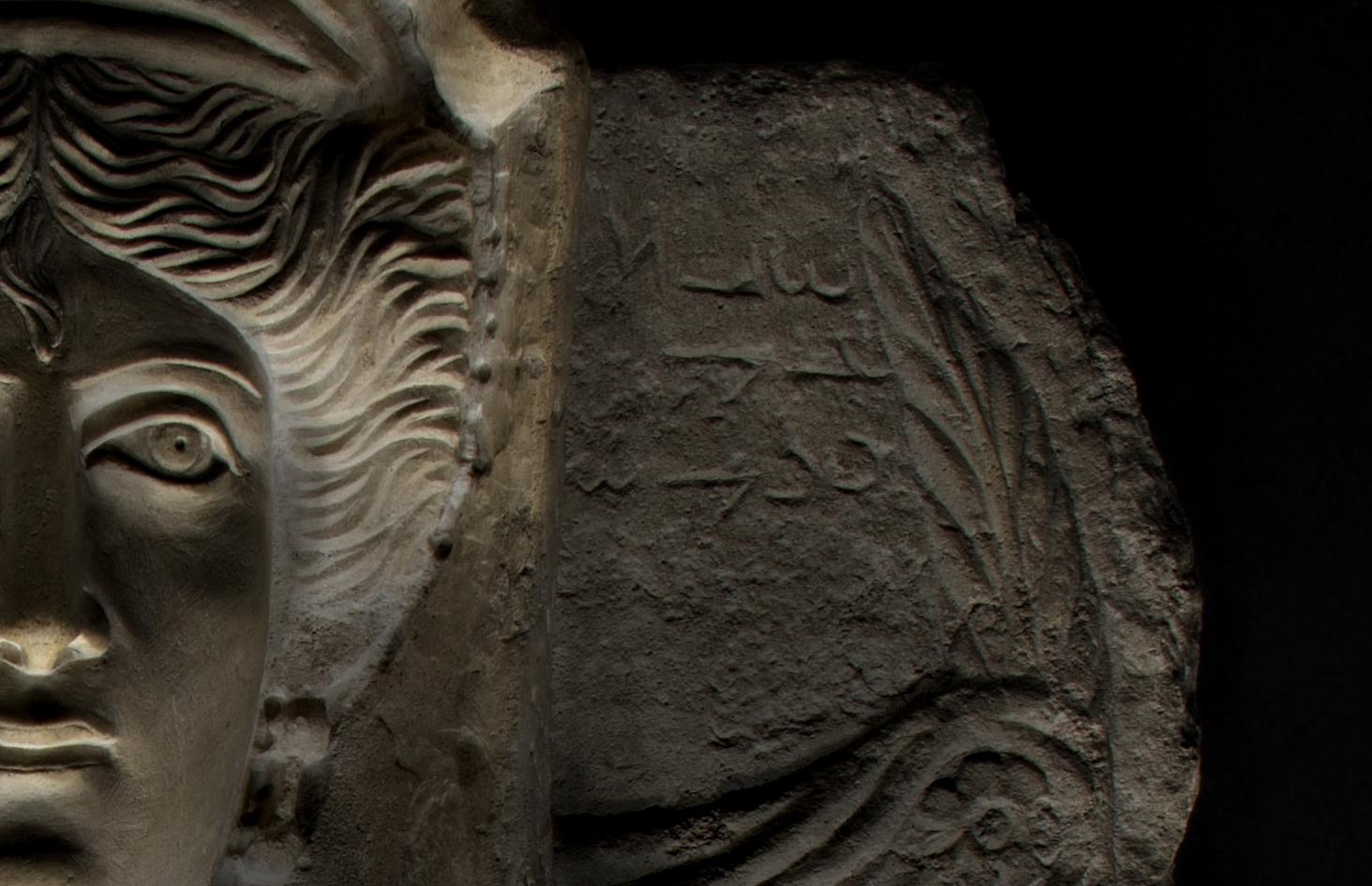
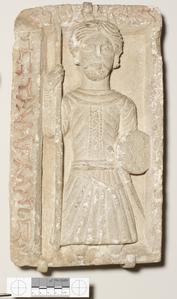


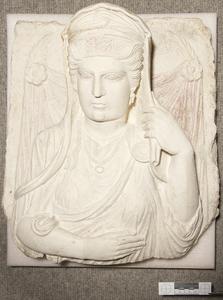
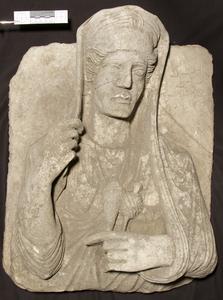


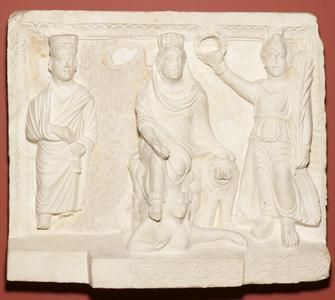
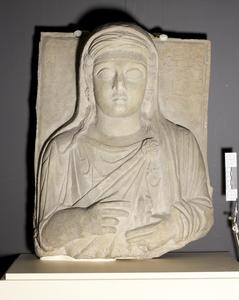
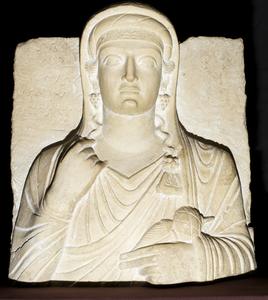

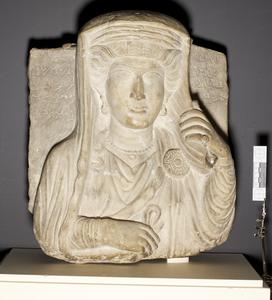












 Stumble It!
Stumble It!

No comments:
Post a Comment